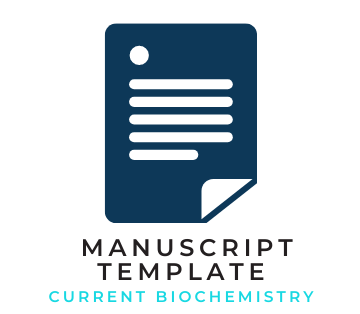Optimization of PCR Conditions for Adding XhoI Restriction Sites to the Glucose Oxidase Gene of Aspergillus niger IPBCC 08.610
Abstract
Glucose oxidase (GOX) is naturally produced by fungi Aspergillus niger. The GOX enzyme catalyzes the oxidation reaction of β-D-glucose to produce δ-gluconolactone and hydrogen peroxide a (H2O2). Hydrolysis of δ-gluconolactone will produce gluconic acid. Gluconic acid and its derivatives have benefits in the pharmaceutical field as a drug for mineral deficiencies. A. niger IPBCC 08.610 is a local isolate that produce intracellular GOX with higher yield than extracellularly. GOX can be expressed extracellularly by cloning into the expression vector pPICZαB which has the signal peptide α-mating factor (α-MF). GOX gene construction needs to be done by adding some features such as XhoI restriction sites at the 5' and 3' ends, XbaI restriction site at 3’ side, and spacer peptide glu-ala-glu-ala at 5’ side. This research aims to optimize Polymerase Chain Reaction (PCR) conditions in two stages of amplification, stage I to copy the GOX gene and stage II to add those features so it is hoped that recombinant GOX can increase gluconic acid production. The results of primer concentration optimization showed that primers with a concentration of 10 µM produced clearer PCR amplicons than those with a concentration of 20 µM. The optimal temperature for amplification stage I is 58°C. The amplification stage II annealing temperature was modified with the first ten cycles based on the lowest Tm of primer value, 52°C, and the subsequent 25 cycles based on the highest Tm of primer value, 61°C.
Copyright (c) 2024 Hanifah Aryani, Nadhira Fathiaz Akbar, Popi Asri Kurniatin, Asrul Muhamad Fuad, Laksmi Ambarsari

This work is licensed under a Creative Commons Attribution-ShareAlike 4.0 International License.













